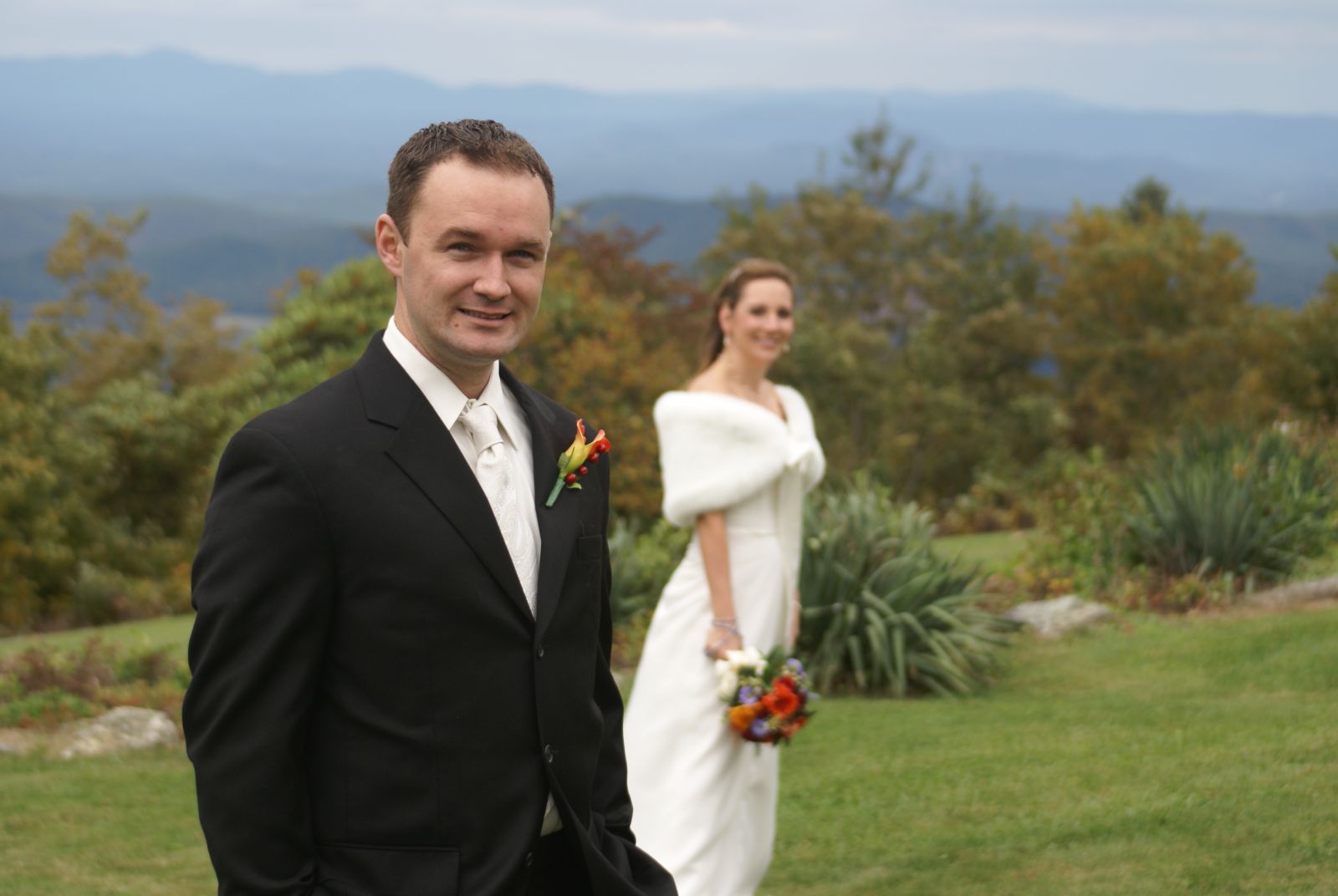Depth of Field

I really enjoy photography. It is the art of capturing a moment in time. Like any art form it is subjective and therefore what constitutes a good picture is really a matter of opinion. I learned that really fast from the people judging the very first contest I entered. What I thought were my best pictures received no mention and one that I entered as a lark in the still life category, almost took best in show.
The most important thing is to know how to use your camera in order to take the picture you want at the time you want it.
http://community.fmca.com/blog/62/entry-1378-a-bit-about-digital-photography/ Lesson one.
So let’s continue.
What is Depth of Field or DOF? Manipulating the DOF can change a picture dramatically and turn a simple shot into a really good one.
DOF determines how much of the subject or scene you are looking at through your camera’s viewfinder is in sharp focus. Let’s change that to say acceptable focus. The area outside the part of the picture that is acceptably focused is known as the “Area of Confusion." The DOF focus range depending on the lens, can be from a couple of inches in front of the lens to infinity.
Depth of field is determined by how far the lens aperture is open at the time of exposure. The smaller the aperture opening the greater the area that is in acceptable focus. The larger the opening the smaller the area in focus. f-22 provides a much greater DOF than say f-2.8. That is why shooting in low light makes shallow DOF easier to obtain or harder to avoid.
When you look through the viewfinder the aperture is always wide open. If the f-stop, which controls that opening, changes automatically or by you because the amount of light reflecting off the subject increases or decreases, that f-stop change does not physically happen until the shot is taken. The reason for this is so while you are composing your shot, the image on the focusing screen will be as bright as possible so that you can focus. If the camera were to stop the lens down say to f16 while you are looking at the subject, the screen would go very dark. However, you may want to see the effect of the depth of field before you take the shot so many DSLR cameras have a DOF preview button. My camera has one. I focus on my subject, depress the button which allows me to see just how much of the picture is in focus, and if I like what I see I release the DOF button and press the shutter release.

When taking a picture you really only focus the lens on one point, perhaps a person’s eyes, the center of a flower, a snowy peak in the middle of a mountain range, a rock formation in the Grand Canyon. Depending on the lens, and the aperture setting, the person’s face will also be in focus, but the background or the foreground, or in some cases, both will not. At the same f-stop a wide angle lens will have a greater depth of field than a longer lens. When shooting very close up shots with a high magnification lens, also known as a Macro lens, the depth of field will be very small.

I now need to give you a small review. I told you in our first lesson that digital photography is based on film photography standards. It is important to remember that. Film cameras were and still are available in different sized formats. As I stated most DSLRs are built along the same design as a 35mm SLR. I didn’t tell you that also like film cameras, a DSLR is available in different formats. They are based on two different sized digital sensors: The full frame APS and the smaller APS-C
APS stands for Advanced Photo System, An APS-C or compact sensor is smaller than a 35mm frame by quite a bit. This difference in size is called the crop factor. The 35mm format makes the angle of view larger (wider) by a factor of 1.6 as apposed to an APS-C camera. The crop factor leads to quite a bit of confusion when understanding lens focal lengths, which leads to confusion about the depth of field range of that lens. It gets even more confusing when you learn that APS-C cameras can use lenses designed for 35 mm cameras as long as they have the same lens mount. Lenses made specifically for APS-C cameras still use the same angle of view scale as they would if they could be used on a 35mm camera body, which they cannot. Well, they will mount, but if you did use one on a film camera it would cause vignetting, a darkening around the edges of the picture. Here is the really interesting part of all this. If you want to spend some big bucks you can purchase a full frame APS camera. The sensor will be the same size as a frame of 35mm film.. If you did that then you would need to also purchase lenses designed for use on that full frame camera. Those lenses will usually work with the same manufacturers APS-C camera, but remember, not the other way around. Confusing ain’t it?
Here is a quick summary of the above. My Minolta 35mm auto focus lenses will mount and work on both my Sony Alpha DSLR cameras because Sony purchased Minolta in 2005 and kept the same lens mount. The auto focus lenses that came with my Alpha DSLR cameras will mount on my 550si 35mm camera but they cause the vignetting effect. There are other auto exposure limitations as well; in other words they are not a good fit. I own two full frame APS lenses that will fit and work on all my SLR cameras. If I were to purchase a professional APS full frame DSLR from Sony (I would love an A99!), those two lenses would work just fine with that camera. I can only hope to find out just how good one day.

I leave you with this last bit of info. There is a scale etched on any DSLR lens I have ever seen. The scale is exactly the same for full frame lenses or APS-C only lenses. The scale is equal to the scale etched on a 35mm camera lens. The lens could have a depth of field scale that also matches a 35 mm camera lens of the same focal or zoom length. A 24mm wide angle full frame or a 24 mm APS-C lens mounted on an APS-c digital camera is no longer a 24 mm wide angle lens. The crop factor of 1.6 converts that lens to a 38.4 mm lens that has a slightly narrower depth of field. A 100mm portrait lens mounted on an APS-C camera becomes in effect a 160mm telephoto lens with an extremely narrow depth of field at just about any f-stop you use. Like you I don’t know why lens manufactures don’t have a lens scale specifically for APS-C cameras. They have chosen to leave 35mm numbers as the standard and we must learn to deal with it.
That is the purpose of this posted lesson, to help you deal with it.
If you reply with a question I will be more than happy to answer it.
My next entry will deal with the various types of lenses, including zooms, fixed focal length and macro. Oh, don't worry, DOF will come up again!
Gramps
http://community.fmca.com/blog/62/entry-1390-every-lens-tells-a-story/
Lesson Three


0 Comments
Recommended Comments
There are no comments to display.
Please sign in to comment
You will be able to leave a comment after signing in
Sign In Now